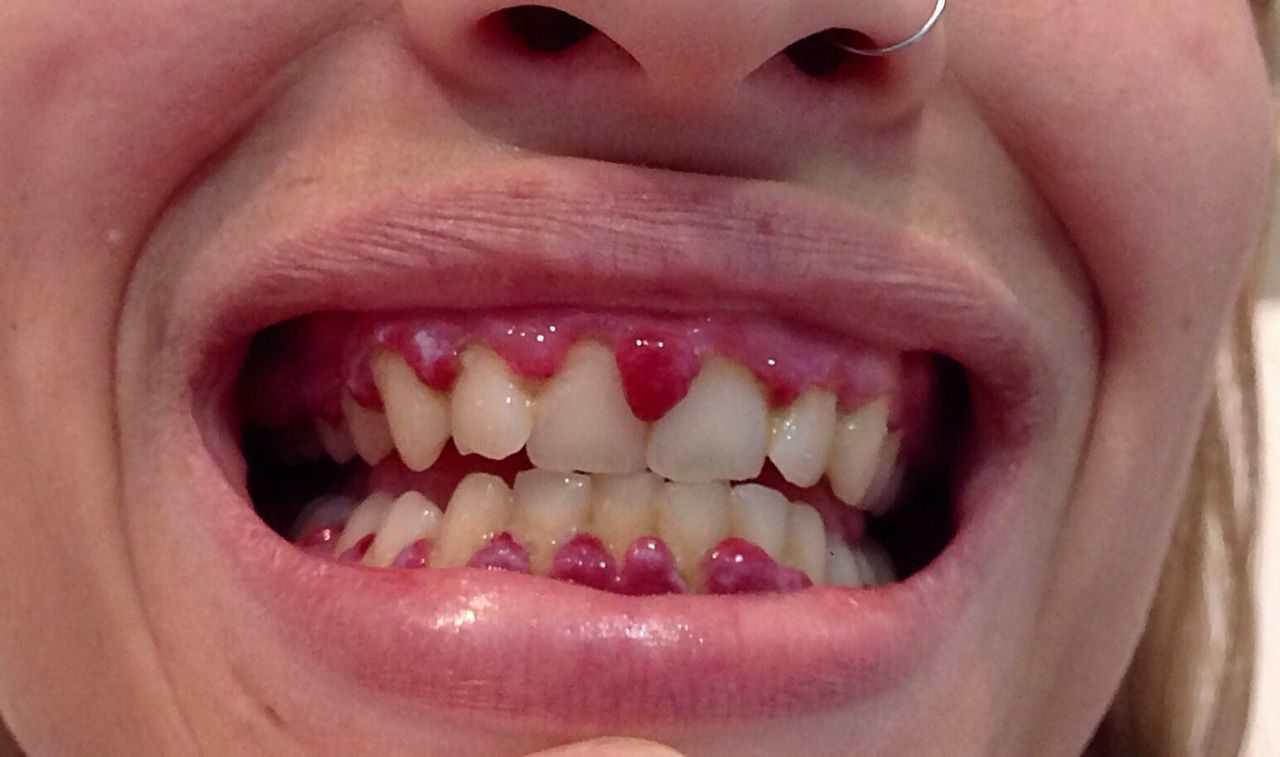Scurvy, also called vitamin C deficiency, one of the oldest-known nutritional disorders of humankind, caused by a dietary lack of vitamin C (ascorbic acid), a nutrient found in many fresh fruits and vegetables, particularly the citrus fruits. Vitamin C is important in the formation of collagen (an element of normal tissues), and any deficiency of the vitamin interferes with normal tissue synthesis, a problem that underlies the clinical manifestations of the disorder.
Scurvy in Adults
Even though the number of people suffering from Scurvy has largely come down, poor diet or eating habits can lead to Scurvy. In an adult generally, the symptoms of scurvy include:
- Bleeding and swelling of gums
- Joint pain, particularly in legs
- Weakness or fatigue
- Red spots on skin
- Swelling in wounds
Scurvy in Infants
Children who suffer from autism spectrum disorder (ASD) are more likely to be affected by scurvy. In infants, there might be different symptoms that could help in detection of the disease, such as:
- High fever
- Diarrhea
- Irritability
- Loss of appetite
Diagnosis
If you suspect you have scurvy, your doctor will ask questions about your dietary history, check for signs of the condition, and order a blood test. The blood test will be used to check the levels of vitamin C in your blood serum. Generally, people with scurvy have blood serum levels of vitamin C less than 11 µmol/L.
Treatment
Though the symptoms can be severe, scurvy is fairly simple to treat.
Vitamin C is naturally found in many fruits and vegetables. It’s also often added to juices, cereals, and snack foods. If you suspect you have a mild case of scurvy, eating at least five servings of fruits and vegetables daily is the easiest way to treat the condition.
Oral vitamin C supplements are also widely available and the vitamin is included in most multivitamins. If symptoms continue after a few days of dietary changes, talk with a doctor.
For severe, chronic, cases of scurvy, a doctor may recommend high-doses of oral vitamin C supplements for several weeks to months. There’s no consensus on a specific therapeutic dose for severe scurvy. For these cases, a doctor may recommend high doses of oral vitamin C supplements for several weeks or longer.
Daily Recommended Vitamin C
Daily vitamin C recommendations depend on age, gender, and other health conditions.
| Age | Male | Female | During pregnancy | During lactation |
| 0–6 months | 40 mg | 40 mg | ||
| 7–12 months | 50 mg | 50 mg | ||
| 1–3 years | 15 mg | 15 mg | ||
| 4–8 years | 25 mg | 25 mg | ||
| 9–13 years | 45 mg | 45 mg | ||
| 14–18 years | 75 mg | 65 mg | 80 mg | 115 mg |
| 19 + years | 90 mg | 75 mg | 85 mg | 120 mg |
People who smoke or have digestive conditions typically require at least 35 mg a day more than nonsmokers.
What are the symptoms of scurvy?
Vitamin C plays many different roles in the body. A deficiency in the vitamin causes widespread symptoms.
Typically signs of scurvy begin after at least four weeks of severe, continual vitamin C deficiency. Generally, however, it takes three months or more for symptoms to develop.
Early warning signs
Early warning signs and symptoms of scurvy include:
- weakness
- unexplained exhaustion
- reduced appetite
- irritability
- aching legs
- low-grade fever
Symptoms after one to three months
Common symptoms of untreated scurvy after one to three months include:
- anemia, when the blood lacks enough red blood cells or hemoglobin
- gingivitis, or red, soft, and tender gums that bleed easily
- skin hemorrhages, or bleeding under the skin
- bruise-like raised bumps at hair follicles, often on the shins, with central hairs that appear corkscrewed, or twisted, and break easily
- large areas of reddish-blue to black bruising, often on the legs and feet
- tooth decay
- tender, swollen joints
- shortness of breath
- chest pain
- eye dryness, irritation, and hemorrhaging in the whites of the eyes (conjunctiva) or optic nerve
- reduced wound healing and immune health
- light sensitivity
- blurred vision
- mood swings, often irritability and depression
- gastrointestinal bleeding
- headache
Left untreated, scurvy can cause life-threatening conditions.
Severe complications
Symptoms and complications associated with long-term, untreated scurvy include:
- severe jaundice, which is yellowing of the skin and eyes
- generalized pain, tenderness, and swelling
- hemolysis, a type of anemia where red blood cells break down
- fever
- tooth loss
- internal hemorrhaging
- neuropathy, or numbness and pain usually in the lower limbs and hands
- convulsions
- organ failure
- delirium
- coma
- death





